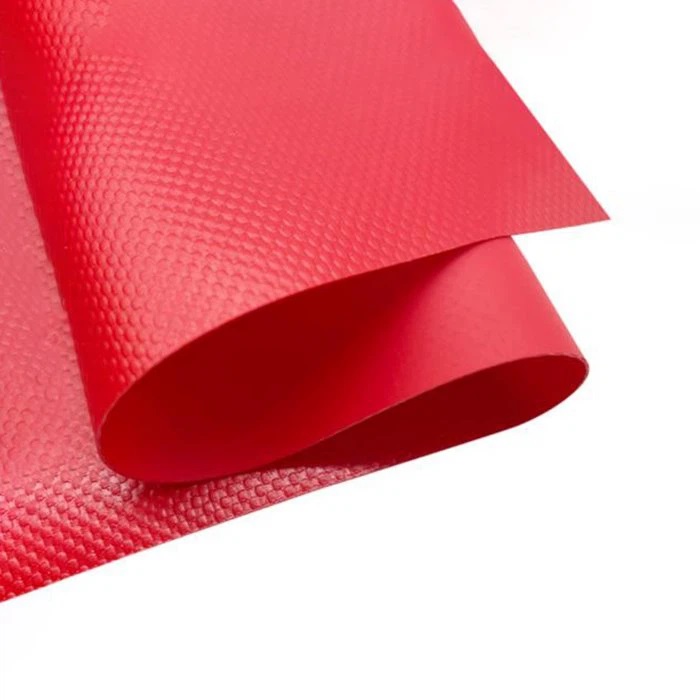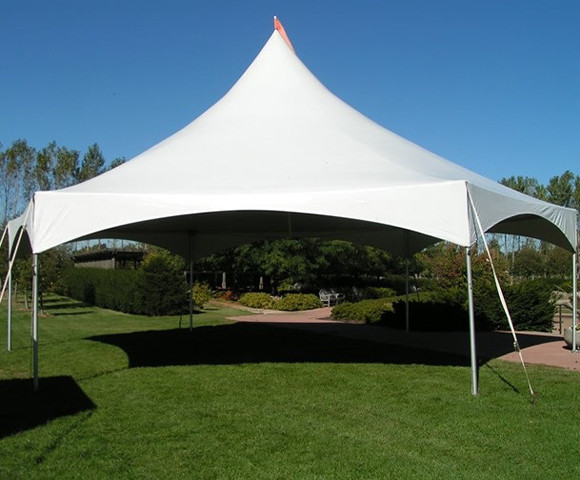Where Are Ripstop Tarpaulins Used
Where Are Ripstop Tarpaulins Used
Ripstop tarpaulins are reinforced with a crosshatch pattern (usually nylon or polyester threads) that prevents tears from spreading, making them ideal for applications where durability and tear resistance are critical. Here are the most common uses:
1. Military & Defense
Tents & Shelters – Resistant to punctures from debris or sharp objects.
Camouflage Nets – Lightweight yet tough for field operations.
Parachutes & Cargo Drops – Prevents small tears from expanding.

2. Outdoor & Camping Gear
Backpacking Tents – Lightweight but highly durable.
Hammocks & Rainflies – Withstands wind and abrasion.
Emergency Survival Blankets – Used in disaster relief.

3. Marine & Boating
Sail Covers & Boat Tarps – Resists saltwater corrosion and UV damage.
Dinghy Protection – Prevents rips from rocks or docks.

4. Transportation & Cargo
Truck & Trailer Covers – Handles wind stress without tearing.
Aircraft & Vehicle Covers – Protects against harsh weather.
5. Industrial & Construction
Scaffolding Wraps – Blocks wind/rain while resisting job-site damage.
Rooftop Temporary Covers – Survives exposure to sharp edges.
6. Sports & Recreation
Paragliding Wings – Prevents catastrophic tears mid-flight.
Outdoor Event Tents – Handles heavy winds and rough handling.
7. Agriculture & Farming
Greenhouse Covers – Resists hail and branch punctures.
Livestock Shades – Tough against animal claws or horns.
Key Benefits of Ripstop Tarps:
✔ Tear-resistant – Cross-weave stops small rips from spreading.
✔ Lightweight yet strong – Better strength-to-weight ratio than standard tarps.
✔ Weatherproof – Often coated with PVC, PU, or silicone for water resistance.